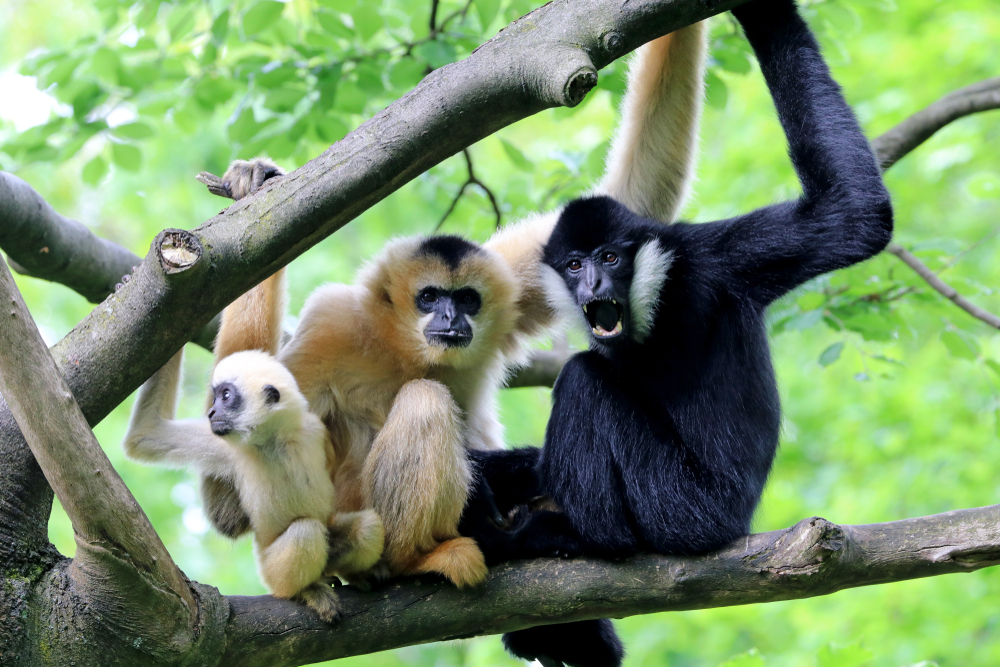The Fort Worth Zoo in Texas is absolutely beautiful, and the variety of animals there makes it an amazing place to visit with friends and family.
The zoo itself is massive and covers nearly 64 acres.
In 2020, it was described as the number one zoo in the United States by USA Today. How much does it cost to enter the Fort Worth Zoo?
It costs $18 for adults and $14 for children to enter the world-class Fort Worth Zoo.
This is despite the Zoological Association (a non-profit entity managing the facility) spending a whopping 100 million dollars to create a mind-blowing facility for visitors.
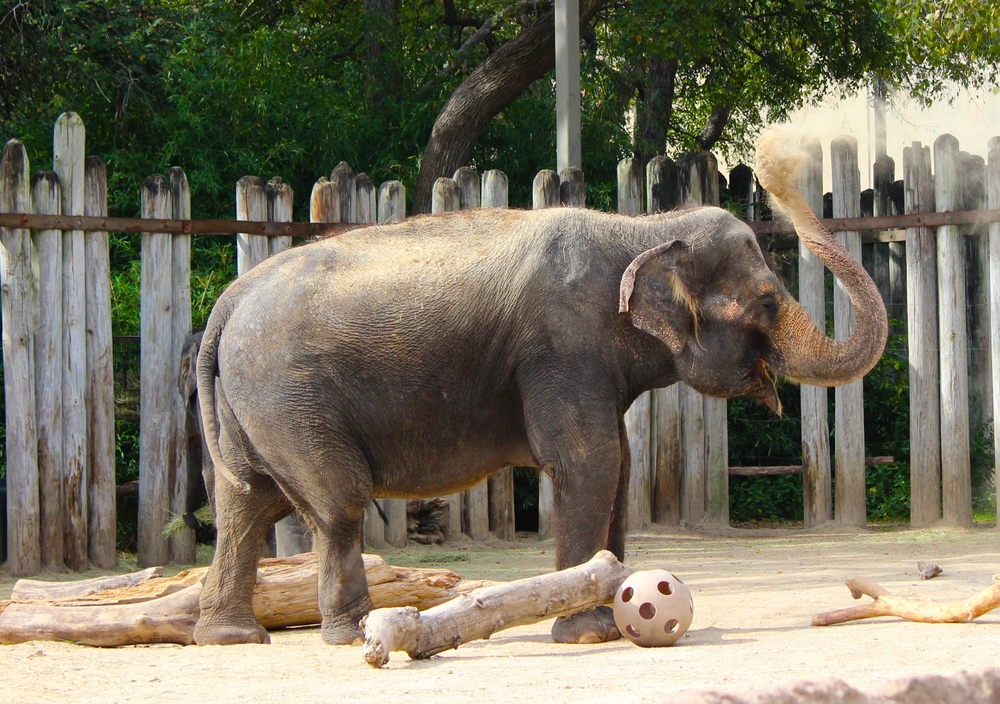
Fort Worth isn’t just a municipal zoo anymore, but an International Preservation Icon.
Table of Contents
Are there variations to the general cost of admission?
Other than the $18 for adults to enter, those ages three to ten and the elderly pay $14 for admission.
Parking costs a flat rate of $5.00.
Throughout the year, the zoo is open year-round, from Monday through Friday, from 10 am to 5 pm and from 10 am to 6 pm on Saturdays and Sundays.
Any changes to the pricing or closing date should be confirmed by the zoo ahead of time.
Is money a concern for you? Admission is half off on Wednesdays, and it’s possible to pay with a credit card or cash at the zoo.
Reservations have been abolished, but you can save money and time by purchasing your tickets in advance using the link provided below.
Tickets can be used once within 30 days after purchase for one visit.
Ways to save on the cost of entry to the Fort Worth Zoo
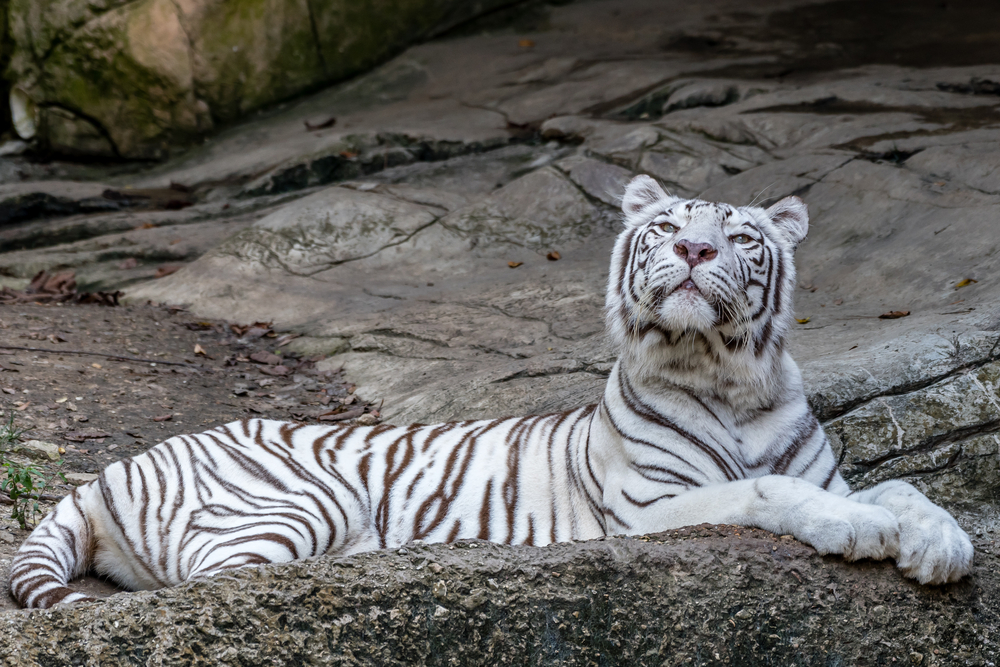
There’s never been a better time or a (lower cost) to join the zoo and become a member. Year-round, the zoo is even more pleasurable for members thanks to a slew of perks.
The Fort Worth Zoo’s entry fee can also be applied against your annual membership if you’ve been there in the last seven days!
As long as you present the receipt or ticket to Member Services, or mail in the ticket as well as the application form, the process is straightforward.
Is a membership worthwhile at the Fort Worth Zoo?
A membership at the zoo pays off big time, especially if you acquire it during the winter months when it’s typically even cheaper.
Your membership pays for itself in just three visits.
These options allow you to tailor your annual Fort Worth Zoo Membership to suit your needs. Some things to consider about the membership are as follows:
- Those who are at least 18 years old and live in the same home are charged $51.20.
- An adult member must serve as the primary beneficiary of membership.
- There is a $25.60 charge for children ages 3 to 17 who live in the same home.
- Children under the age of two are admitted free of charge when accompanied by an adult.
- To purchase a child membership, an adult must be named as the primary account holder, or an adult must be added as a secondary account holder.
- Those aged 65 and over pay $44.80.
- Students pay $44.80 when using a valid student ID. To purchase a student membership, you must visit Guest Relations in person.
- Passes for guests cost $72.
- Keep things fresh by bringing a new friend each time.
- Only one person can use it at a time.
- Use only if you have a valid membership ID.
- From the end of the month in which you purchased your subscription, it is good for a full year. For instance, acquire membership on April 15, 2022, and it will expire on April 30, 2023.

Why has it been so expensive to upgrade the Fort Worth Zoo?
We’ve seen a lot of progress at the Fort Worth Zoo since 2016. A Wilder Vision, the Fort Worth Zoo’s $100 million expansion project, comprises expanded habitat area, updated habitats, special event space, various dining spaces, restrooms, and most notably, innovative ways to see, engage with, as well as understand all wildlife.
Many endangered species will also be able to survive because of a Wilder Vision that is still in the works in 2022.
What is the annual cost to operate the Fort Worth Zoo?
A considerable percentage of the Fort Worth Zoo’s yearly operational budget is spent each year on animal care and conservation activities.
An annual operating budget of about $20 million is allocated to the zoo.
The zoo makes between 32 and 50 million dollars each year from over one million visitors. Most of its earnings go to expenditures.
What is the Zoological Association’s vision for the Fort Worth Zoo?
Officials in charge of the zoo started planning for the zoo’s future after observing the poaching and distress of various species in nature, as well as observing conservation achievements at home.
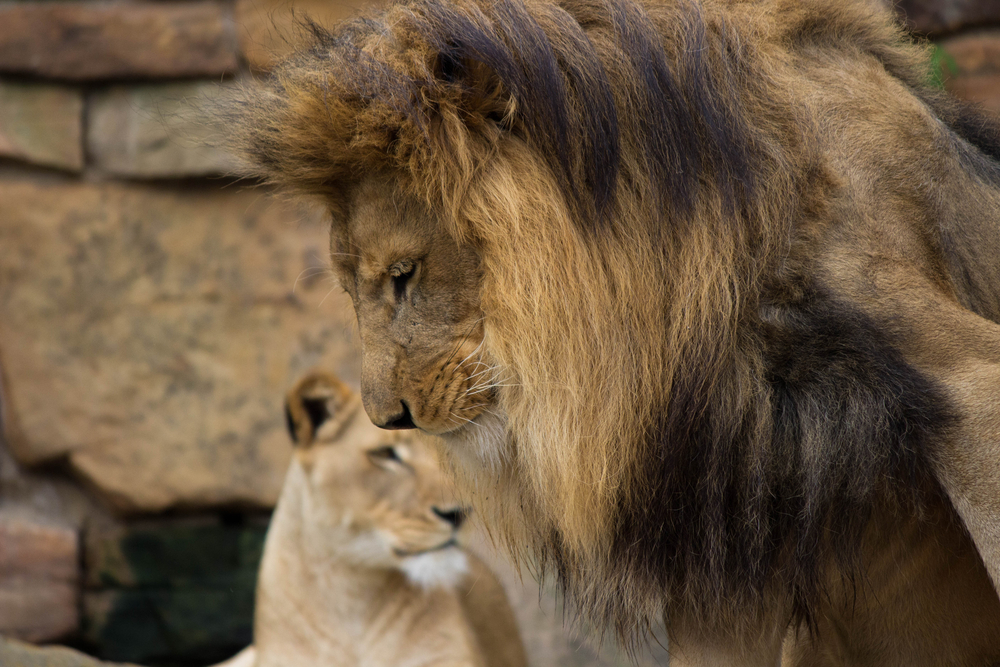
The A Wilder Vision’s planning started in 2011 and construction is now afoot.
Hunters of Africa Forests and Jungles, Hunters of Africa, Asian Predators, Elephant Springs, and African Savanna are the four sections of the plan, which not only aim to protect animals but also to educate and inspire the next generation of conservationists.
What new aspects of the Fort Worth Zoo are now open to the public?
Africa’s Savanna, a savanna-like habitat that mimics the natural environment of east Africa, opened for business in spring 2018.
The Zoo’s Executive Director, Michael Fouraker, remarked, “We are delighted to bring various species together to imitate life in the wild.”
Although many of these animals already reside at the Zoo, visitors will be able to interact with them in a manner they have not been able to do before.
The African Savanna’s giraffe feeding encounter as well as submerged hippo observation are two of the Zoo’s most popular attractions.
How many animals are in the Fort Worth Zoo’s African Savanna?
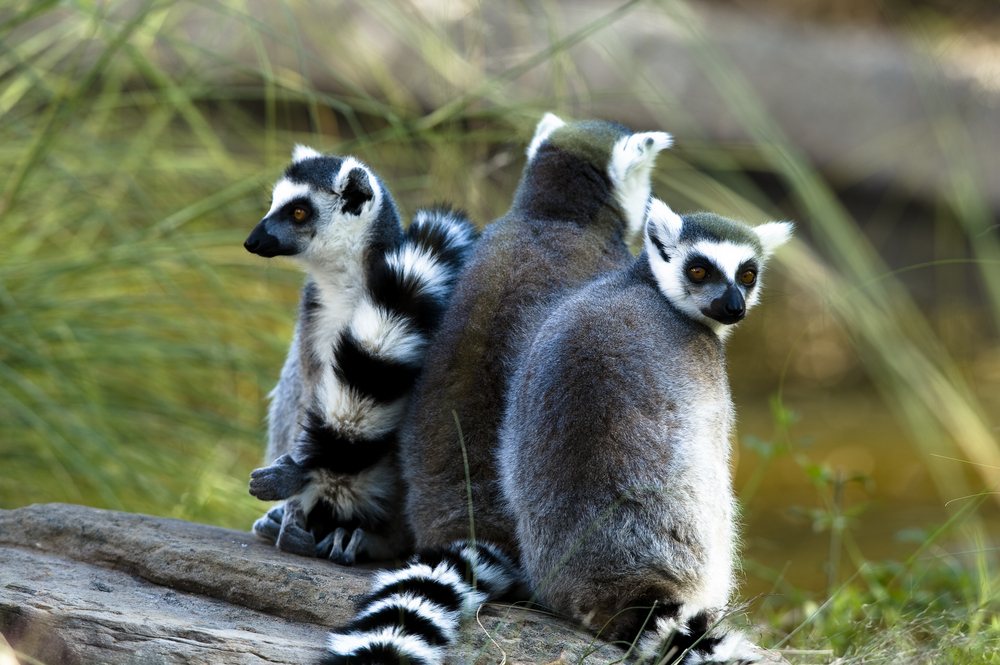
From hippos and meerkats to jaguars and otters, they’ve got more than 700 different creatures from 500 different species.
Visit the herbarium, where you may observe hundreds of rare and endangered reptiles and amphibians, as well as a wide variety of unusual birds.
The A Wilder Vision’s third stage of construction has begun, and they have retired the zebras, hyenas, tigers, and lions until 2023.
Despite this, the zoo nevertheless has a wide variety of habitats and creatures on display. Get up close and personal with the elephant population, featuring baby Brazos, and nourish the giraffes inside the African Savanna at the newly designed Elephant Springs.
When should the public expect the Fort Worth Zoo expansion project to end?
After the third phase, “Forests & Jungles” is completed in 2025, “A Wilder Vision” will be completed.
Visitors’ experiences at the zoo and their interactions with the animals will be transformed as a result.
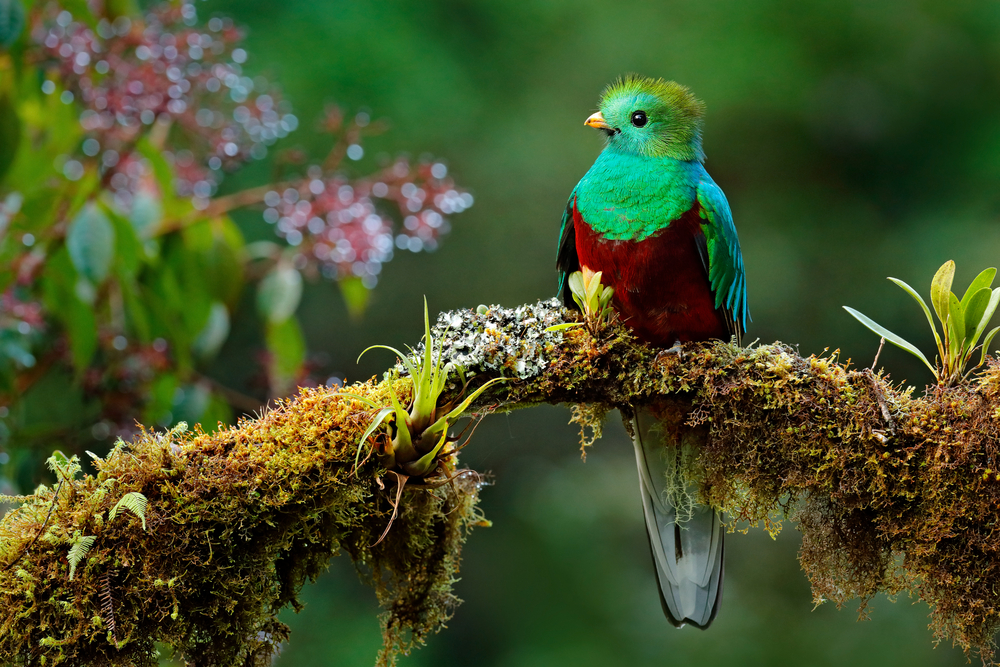
The zoo’s physical landscape will be reimagined and renovated, allowing visitors to meander through shaded trails.
Wild canines, African leopards, clouded leopards, and okapis, among other new species, will be housed at the zoo, where officials believe they will contribute to the zoo’s goal of strengthening the connection between people and animals.
When was the Fort Worth Zoo established?
There were just a few animals when the Fort Worth Zoo opened its doors in 1909: a peacock, a coyote, an alligator, two bear cubs, and a lion.
Over the years, the zoo has developed into a top-rated facility with a diverse collection of over seven thousand exotic and native animals.
Until 1991, the zoo was owned and operated by the Municipality. An ongoing tradition of soliciting funds from the city’s residents to acquire wildlife for the zoo was established during this period.
An animal sanctuary was established in Fort Worth, Texas, in 1939, and the Fort Worth Zoological Association was formed to raise money for the purchase of further animals.
Is the Fort Worth Zoo Humane Certified?
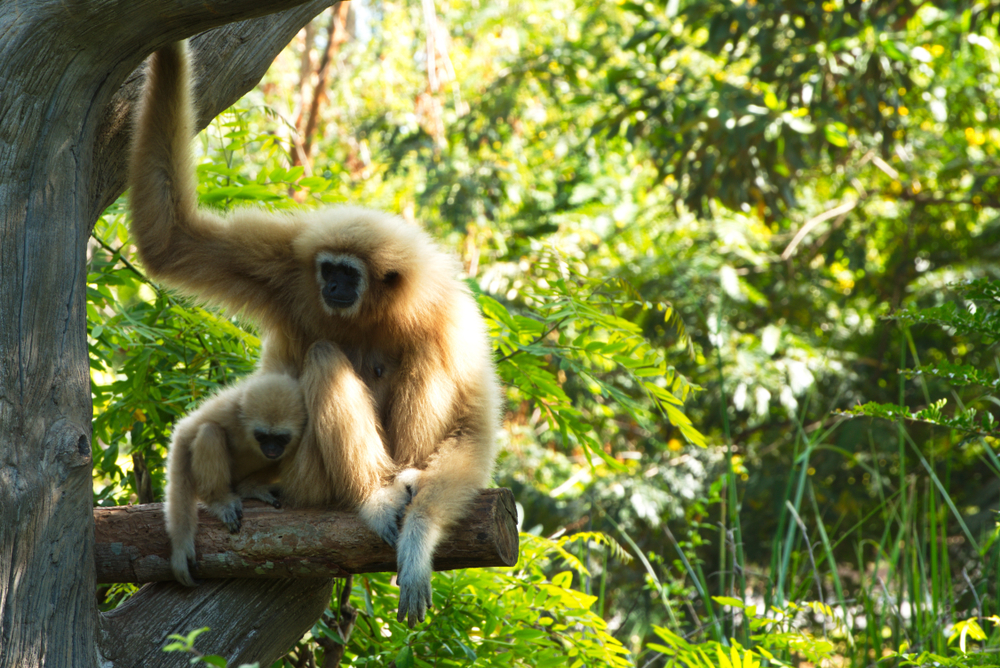
The Fort Worth Zoo has been certified by the American Humane Conservation program, and American Humane says it is ecstatic regarding the news.
The Fort Worth Zoo was awarded the Humane Certified™ seal of approval by a third-party audit, making it one of just seven institutions in the country to achieve this distinction.
How many zookeepers does the Fort Worth Zoo employ?
Upwards of 75 animal keepers work at the Fort Worth Zoo. Animal keeper employment can be involved in a wide variety of sectors, including wildlife compilations, nutrition services, animal care, as well as animal education.
The zoo also hires 185 full-time employees, 200 to 400 part-time employees, and 75 to 200 seasonal volunteers.
How many animal species are at the Fort Worth Zoo?
There are 542 different species of animals at the zoo. The Fort Worth Zoo is home to 68 species that are listed as vulnerable species by the federal and state governments.
How many species of mammals does the Fort Worth Zoo have?
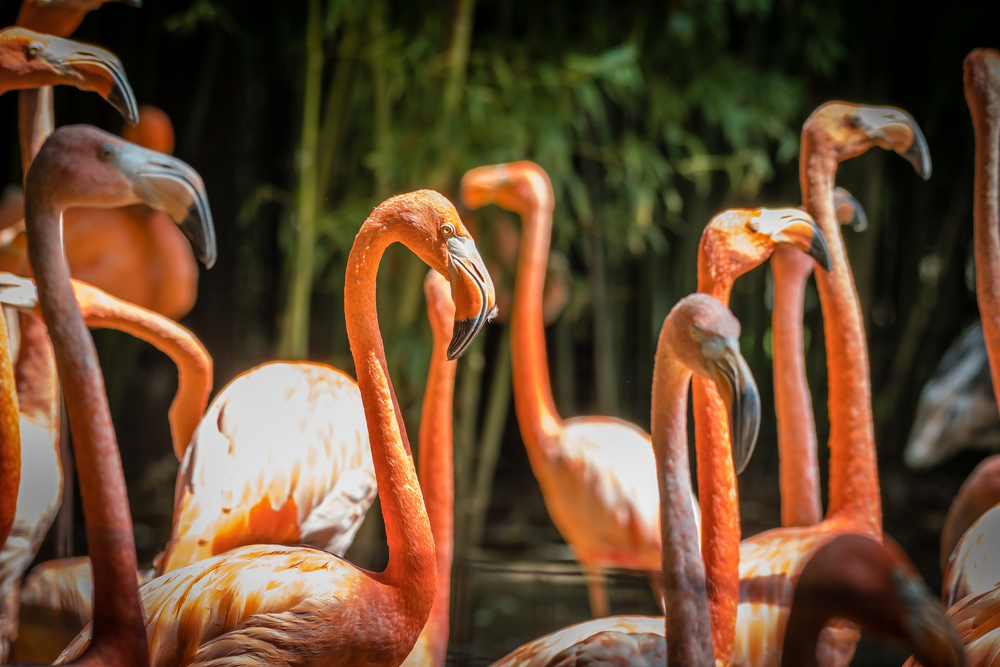
There are 72 species of mammals at the Fort Worth Zoo.
Bonbon is the only bonobo in the state of Texas and one of just seven in the United States.
The black and bigger one-horned Asian rhinos, which can be seen only in the Fort Worth Zoo, are two of the five rhino varieties that can be found in the zoo.
How many different species of birds are at the Fort Worth Zoo?
At the zoo, there are 148 bird species. There are more flamingos here than everywhere else on Earth. Since 2001, the Fort Worth Zoo (FWZ) has continuously reared chicks and therefore is a prominent zoo when it comes to birds. Also:
- In the United States, there are only eight zoos that host the critically endangered harpy eagle, including the FWZ.
- The African crowned eagle is seen only at four zoos around the country, including the FWZ.
- The FWZ has saddle-billed storks, one of just two in the country that does.
- Storm storks are only housed in a few places around the country, including the FWZ.
- Palm-nut vultures are only found in four zoos in the United States, including the FWZ
How many ectotherms are there at the Fort Worth Zoo?
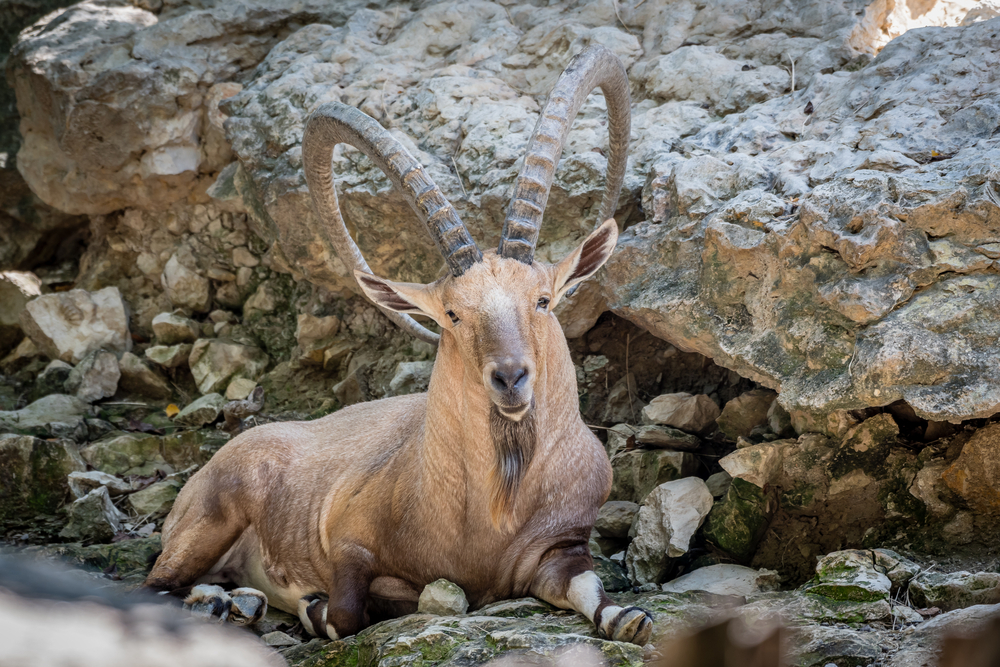
One hundred and seventy-two ectotherm species can be found at the zoo.
The zoo is world-renowned for its work to conserve the Jamaican iguana, a critically endangered species, and won the coveted International Conservation Award in 2000 for its work.
Exotic Komodo dragons, as well as Gharial Crocodiles, are on display in a vast, modern reptilian compound.
There are around 180 different species as well as subspecies of reptiles and amphibians that have been successfully reproduced here since the year 1971.
Nearly a third of the species are the first bred in captivity in the United States or Canada.

